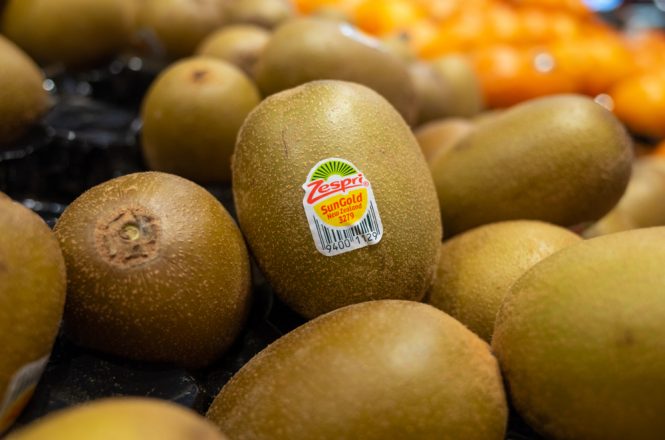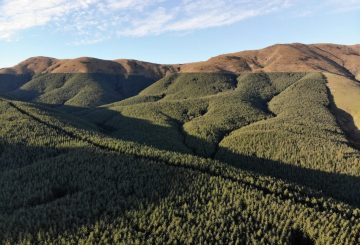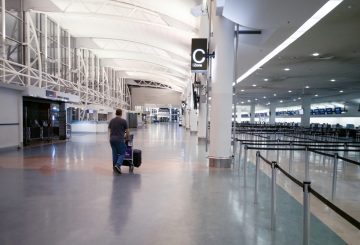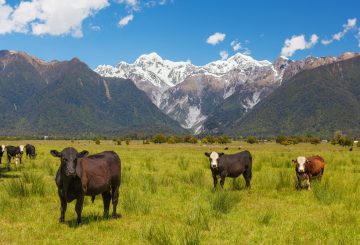Zespri has shipped out its final batch of New Zealand kiwifruit for 2021 from the Port of Tauranga, according to a press release on the company’s website. The shipment marks a successful end to New Zealand’s kiwifruit season. The final shipment weighed in at 1,800 tons and the freighter is due to unload at the ports of Tokyo and Kobe in Japan in early December, with some of the containers continuing onward to Hong Kong.
According to Alastair Hulbert, Zespri’s chief global supply officer, the disruption to global shipping networks this season has seen Zespri increasingly reliant on chartered reefer vessels to deliver its kiwifruit to overseas ports, with 66 chartered reefers used this year compared to 49 last year. Despite the ongoing impact of the COVID-19 pandemic, Zespri successfully shipped over 177 million trays (approximately 620,000 tons) of class 1 kiwifruit to customers around the world this season, using around 17,000 refrigerated containers.
“This has certainly been one of our most difficult seasons to date with both labor shortages and rising costs as well as the additional complexity and uncertainty driven by COVID-19, and the challenges we are facing are likely to remain as we head into the 2022 season,” said Hulbert.
Zespri hit a new record this year for exports of yellow-fleshed SunGold kiwifruit, shipping out more than 100 million trays for the first time. Meanwhile, exports of Green kiwifruit reached approximately 77 million trays.
In a November interview, Michael Jiang, Zespri’s general manager for Greater China, told Produce Report that sales of New Zealand kiwifruit in the Greater China region exceeded 40 million standard trays for the first time this year. Sales in mainland China have already surpassed 30 million standard trays and may well exceed 33 million by the end of the year.
China has now become Zespri’s largest and most important market, in particular representing more than 25% of the global market share for SunGold kiwifruit — in other words, one in four trays of exported Zespri SunGold kiwifruit is destined for the Chinese market. Zespri predicts that sales in mainland China will double every five years, with sales of New Zealand kiwifruit likely to reach a total volume of 60–70 million standard trays by 2026.
SOURCE: Produce Report






























































